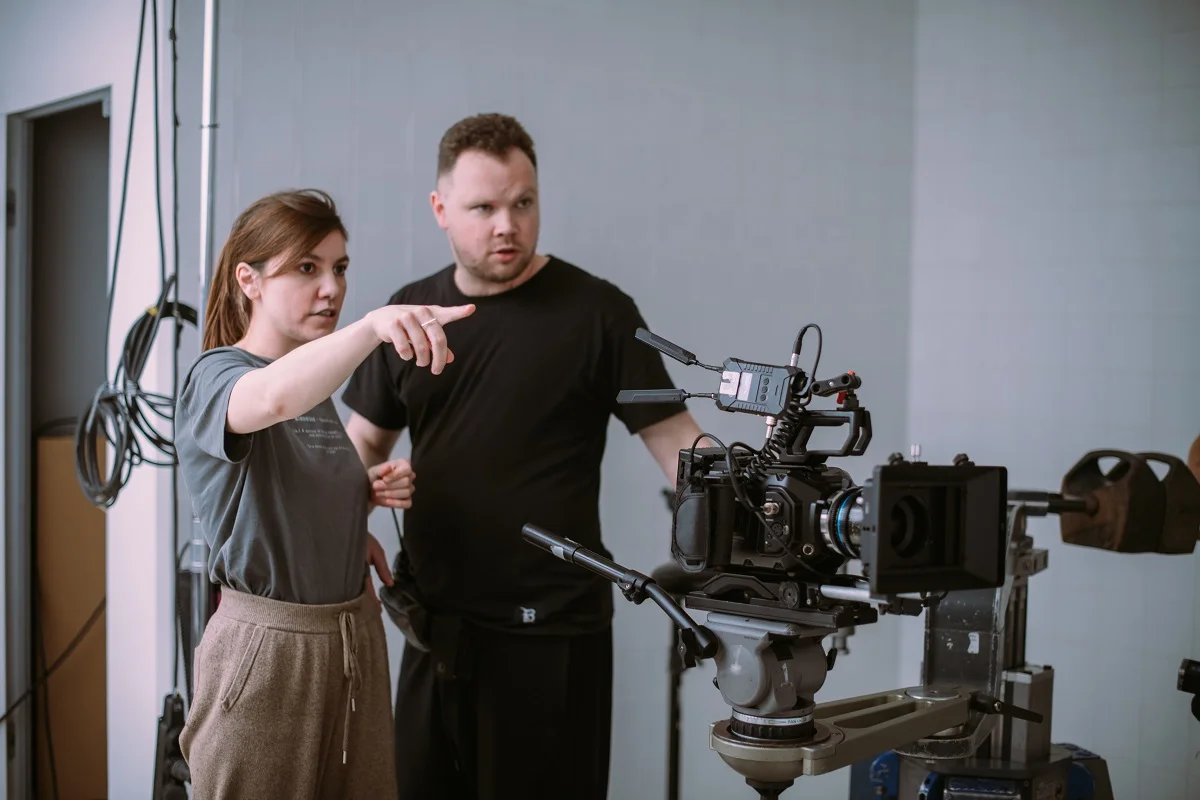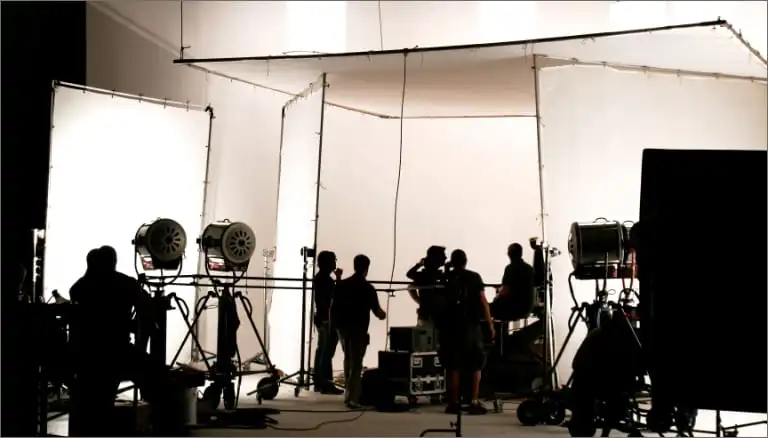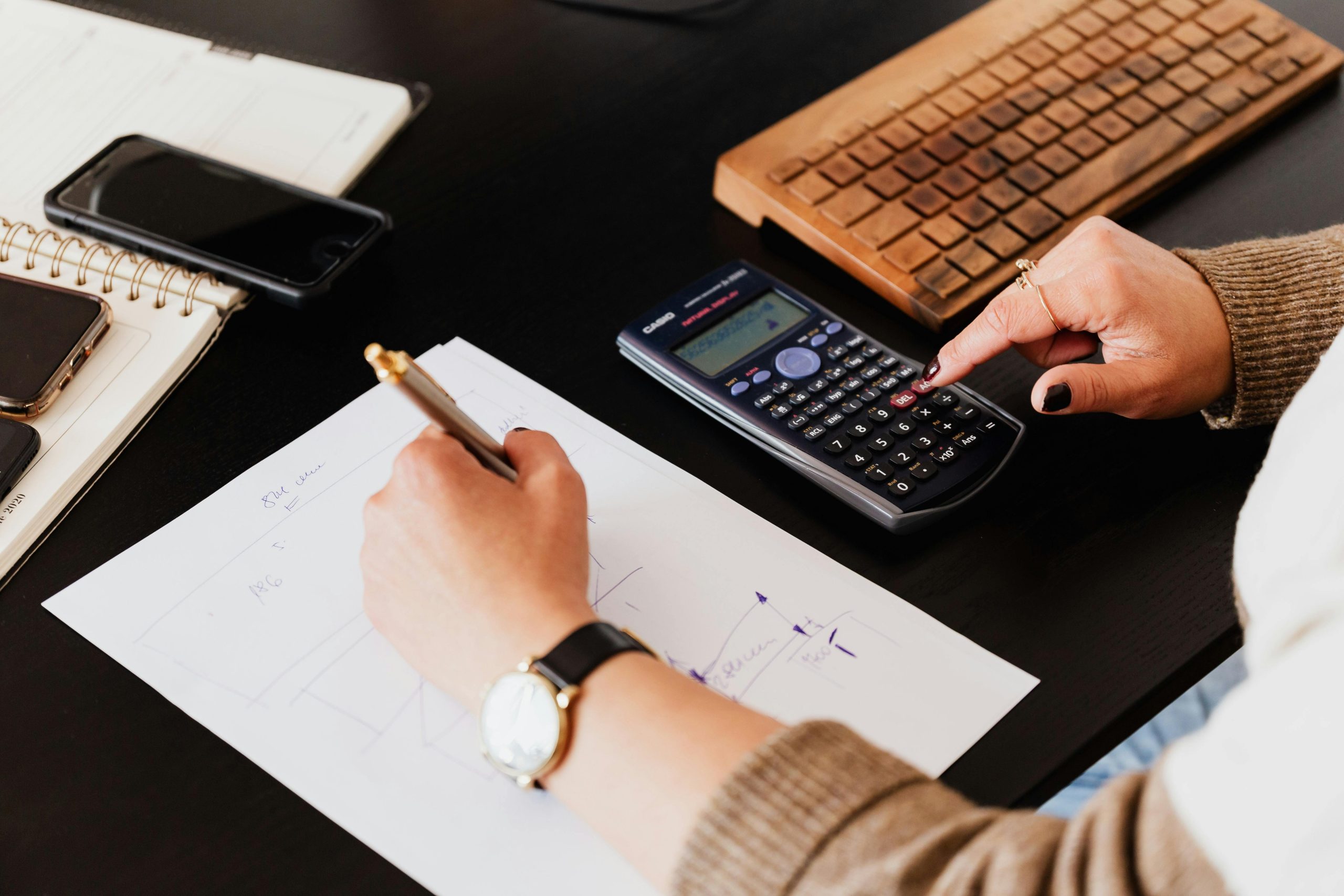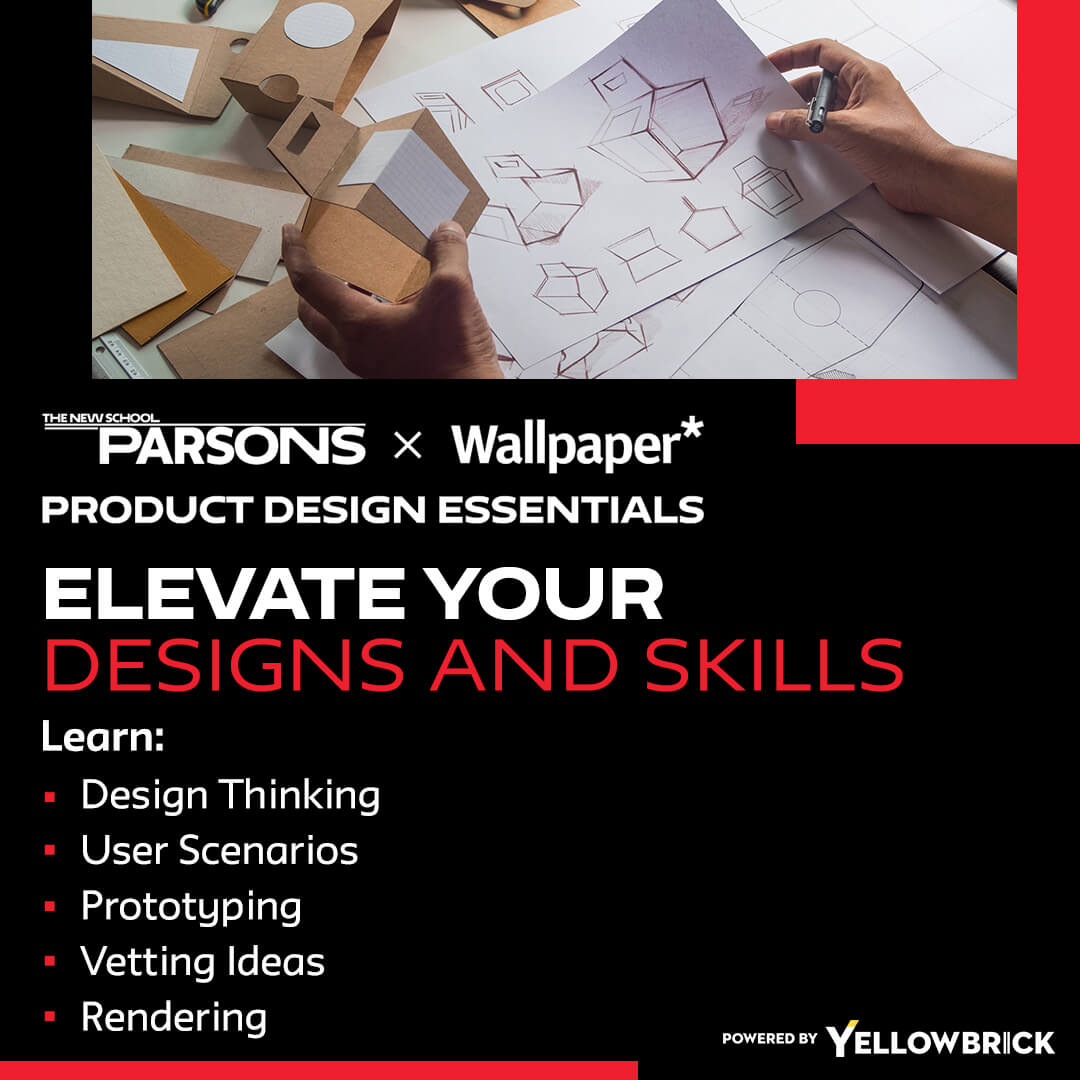Product design is a dynamic and ever-evolving field that plays a crucial role in shaping the products and experiences we interact with on a daily basis. Whether it’s the sleek lines of a smartphone, the ergonomic design of a chair, or the intuitive layout of a website, product design encompasses a wide range of disciplines and skills. In this article, we delve into the fundamentals of product design, exploring the core principles that underpin successful design practices.
At its core, product design is about creating solutions that meet the needs and desires of users while also considering factors such as functionality, aesthetics, and usability. Successful product designers are able to blend creativity with practicality, drawing on a deep understanding of user behavior, market trends, and technological advancements to develop innovative and user-centric products.
Key Principles of Product Design
One of the key principles of product design is empathy. By putting themselves in the shoes of the end user, designers can gain valuable insights into the user’s needs, preferences, and pain points, allowing them to create products that truly resonate with their target audience.
Another fundamental aspect of product design is iteration. Design is an iterative process, with designers continuously refining and improving their ideas based on feedback, testing, and evaluation. By embracing a mindset of continuous improvement, designers can create products that are not only visually appealing but also highly functional and user-friendly.
In the world of product design, collaboration is key. Designers often work closely with cross-functional teams that may include engineers, marketers, and product managers to bring a product from concept to reality. Effective communication and teamwork are essential skills for product designers, as they navigate the complexities of the design process and work towards a common goal.
Top 10 Jobs in Product Design
Now, let’s explore the top 10 jobs in the field of product design:
- Product Designer: Product designers are responsible for creating the overall look and feel of a product, from concept development to final production. They work closely with stakeholders to understand user needs and market trends, translating these insights into innovative and visually appealing designs.
- UX/UI Designer: User experience (UX) and user interface (UI) designers focus on creating seamless and intuitive experiences for users interacting with digital products. They design interfaces, interactions, and navigation systems that prioritize usability and user satisfaction.
- Industrial Designer: Industrial designers specialize in designing physical products such as consumer electronics, furniture, and appliances. They consider factors like materials, manufacturing processes, and ergonomics to create products that are both functional and aesthetically pleasing.
- Graphic Designer: Graphic designers play a crucial role in creating visual assets for products, including branding, packaging, and marketing materials. They use typography, color theory, and layout principles to communicate messages effectively and enhance the overall product experience.
- Design Researcher: Design researchers conduct user research to gather insights that inform the design process. They use methods such as interviews, surveys, and observational studies to understand user behaviors, preferences, and pain points, guiding designers in creating products that meet user needs.
- Design Strategist: Design strategists focus on the big picture, developing strategies that align design decisions with business goals and user needs. They analyze market trends, conduct competitive research, and define design objectives to drive innovation and differentiation.
- Product Manager: Product managers oversee the entire product development process, from ideation to launch. They work with cross-functional teams to define product requirements, set priorities, and ensure that products meet business objectives and user expectations.
- Design Engineer: Design engineers bridge the gap between design and engineering, translating design concepts into technical specifications that can be implemented in the final product. They collaborate with designers and engineers to ensure that designs are feasible and manufacturable.
- Design Director: Design directors provide strategic direction and leadership to design teams, ensuring that design initiatives align with business objectives and brand vision. They oversee design projects, mentor team members, and drive innovation within the organization.
- Design Educator: Design educators play a crucial role in shaping the next generation of designers, sharing their knowledge and expertise through teaching and mentorship. They inspire and guide students in developing their design skills and understanding design principles.
Each of these roles plays a unique and essential part in the product design process, contributing to the creation of products that delight users and drive business success. Whether you’re a seasoned designer looking to advance your career or a newcomer interested in exploring the field of product design, there are diverse opportunities available for individuals with a passion for creativity and innovation.
Conclusion
Product design is more than just aesthetics—it’s a strategic, user-centered process that brings ideas to life in ways that are both functional and meaningful. By understanding its core principles and the diverse roles within the field, aspiring and experienced designers can find rewarding opportunities to create impactful products. As the industry continues to evolve, those who embrace collaboration, empathy, and continuous learning will be best positioned to thrive and shape the future of design.
Key Takeaways:
- Product design combines creativity, functionality, and user needs to shape everyday products and experiences.
- Empathy is a core principle—understanding user behavior and pain points leads to more meaningful design.
- Iteration is essential—designers must continuously refine ideas based on feedback and testing.
- Collaboration is vital—designers work closely with cross-functional teams to bring products to life.
- Careers in product design are diverse, including roles like product designer, UX/UI designer, industrial designer, and design strategist.
- Strategic thinking, user focus, and adaptability are key traits for success in product design.
- The field offers opportunities for both newcomers and experienced professionals passionate about innovation and user-centered solutions.
To further enhance your skills and knowledge in product design fundamentals, consider exploring the Parsons Product Design Essentials online course and certificate program.
This comprehensive program can equip you with the essential tools and expertise to excel in the dynamic field of product design. Unlock your potential and embark on a rewarding career journey in the exciting world of product design.








